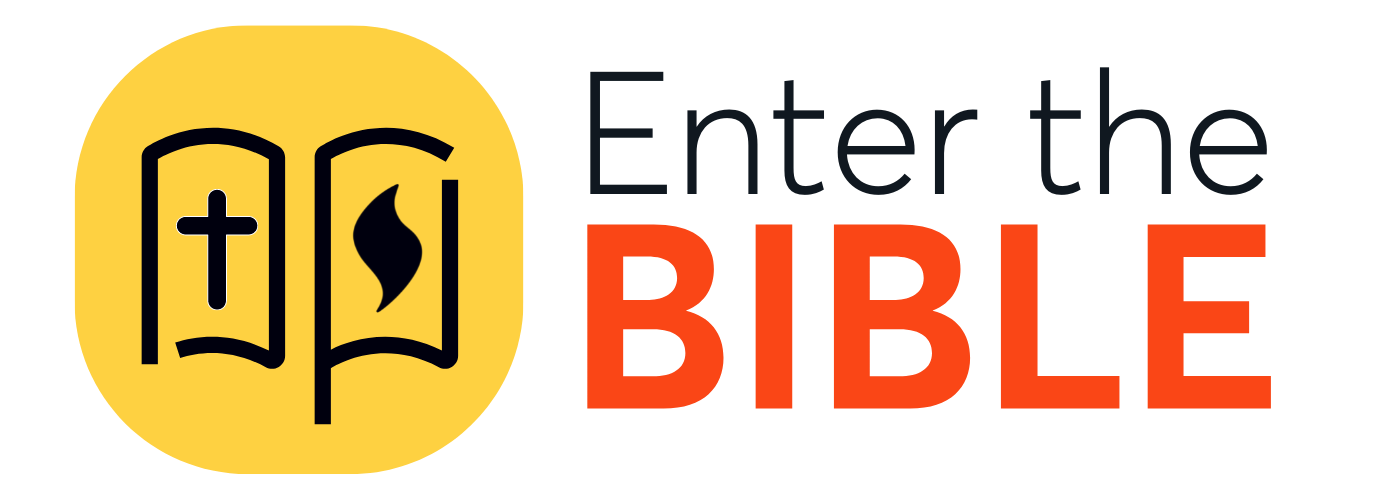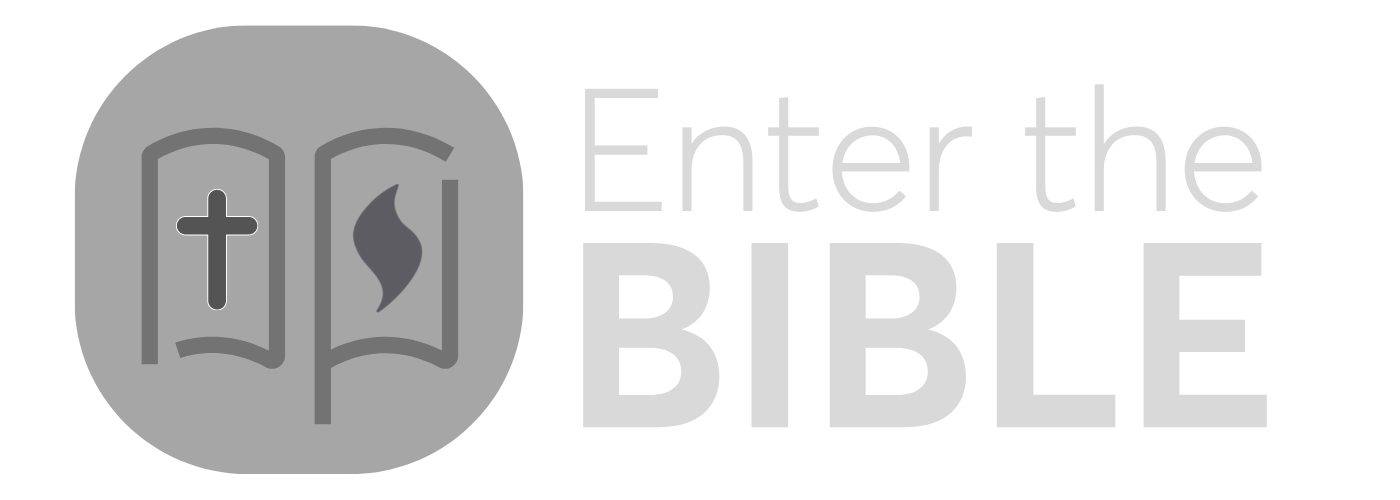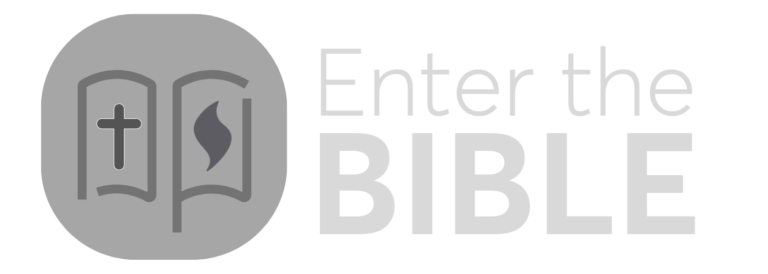Introductory Issues in Ezekiel
Authentic Voice of Ezekiel
Critical biblical scholars of the last two centuries sought to find the “real” words of Ezekiel. Scholars assume differing schemes or criteria for authenticity, often seeing much of the book as the work of later hands. However, little consensus has been reached among the experts. Contemporary scholars have called for a greater appreciation of the text as we have it-as a whole literary work while also acknowledging that the book has been edited and expanded some over time. This literary approach shifts the interpretive question away from the authentic words of the prophetic figure to the actual literary product of the prophetic book. This shift allows the reader to appreciate the book as a piece of theological literature without the burden of knowing if all of the words stem from a historical prophet.
Chariot-throne of God
One of the most striking and memorable visions of the book is the throne of God, which is placed above a kind of moving chariot (1:4-28; 10:3-22). How to understand this vision has long been debated, some even connecting it (quite wrongly) with UFOs! The vision is best understood as a symbolic presentation of the awesome transcendence of Israel’s God. It is a visual presentation of God’s glory, “the appearance of the likeness of the glory of the LORD” (1:28).
The chariot-throne vision portrays God as capable of moving, for example, into exile with God’s people. The vision is not completely clear about God’s appearance. Ezekiel does not have Isaiah’s audacity to proclaim, “I saw my Lord seated on a throne” (Isaiah 6:1). God’s glory overwhelms the prophet. Readers are invited to lay aside the need for a completely comprehensible portrait of God and instead embrace the overpowering visual experience of divine revelation. The vision begins with a stormy, fiery cloud and shifts attention to four creatures, wheels, a dome, and a throne. The glory of God can only be hinted at with various images.
Extreme One-man Dramas (sign-acts)
As part of his prophetic vocation, Ezekiel engaged in several extreme activities to dramatize and symbolize his message of doom from the Lord. The prophet is commanded to embody his message of judgment; these actions clarify the oracles they surround. Scholars identify as many as nine sign-acts in Ezekiel: 4:1–3, 4–8, 9–17; 5:1–17; 12:1-16, 17-20; 21:18-24; 24:15-27; and 37:15-28.
These nonverbal activities strike the modern reader as odd, eccentric, or even weird. They include:
- building a model of the city of Jerusalem and setting siege to it, part of which meant being tied up with ropes and lying on his left side for 390 days and on his right side for 40 days (4:1-15);
- shaving his head bald, dividing up his hair and striking part of it with a sword all around the city model (5:1-4);
- packing up his belongings every night in a mock exile (12:3b-7);
- trembling and shaking when he ate and drank (12:17-20)
- Ezekiel’s lack of mourning over the death of his wife (24:15-27)
While seemingly strange, these actions may have been effective, memorable means of dramatic communication in the small community Ezekiel served in exile.
Most sign-acts in the book are given in the form of commands to the prophet, and the actual performance of the sign-act is not made explicit. This peculiar detail has led scholars to speculate about whether they were actually performed or not. While an interesting question, it is not the focus of the text’s self-presentation which focuses instead on the symbolism of the sign-act. For example, the actions in 4:1-3 portray a city siege complete with ramps and battering rams. These are the instruments of Iron Age war: a wall prevents escapes; a ramp built against the city wall allows for access by the battering rams; camps of soldiers; and battering rams to damage the city walls.
Ezekiel as “Son of Man”
The prophet is consistently addressed by God as “son of man” (Hebrew: ben adam), which occurs 93 times beginning in Ezekiel 2:1 and ending in 47:6. How shall we understand this address? Many contemporary translations, including the New Revised Standard Version (NRSV), translate this phrase as “mortal,” which conveys one possible meaning. Another meaning would be “member of the human race,” or, in poetic terms, son of Adam. The term sets the prophet off as a mortal, frail creature of dust (as Adam was) as opposed to a heavenly being. It does not yet have the sense of a title such as in Daniel and the New Testament.
Formulas
The Book of Ezekiel contains over 300 formulaic expressions. Ezekiel uses numerous different formulas and uses them repeatedly. For example, the prophetic utterance formula, usually translated as “utterance of the LORD,” occurs 81 times in Ezekiel. The messenger formula, translated often as “Thus says the LORD GOD,” occurs 126 times in Ezekiel. In addition to these formulas, Ezekiel includes an assortment of formulas such as the covenantA covenant is a promise or agreement. In the Bible the promises made between God and God’s people are known as covenants; they state or imply a relationship of commitment and obedience. More formula, chronological formula, oath formula, recognition formula, self-introduction formula, and hand of YHWH formula.
The chronological formula provides the highest-level divisions for the prophetic book. These formulas create 13 macro-units within Ezekiel. They occur consistently throughout the book (Ezekiel 1:1; 8:1; 20:1; 24:1; 26:1; 29:1; 29:17; 30:20; 31:1; 32:1; 32:17; 33:21; and 40:1). They are not correlated to a particular genreA genre is a type or category of something, often literature. Form criticism (see) begins with sorting biblical literature into various genres. More such as vision or sign-act within Ezekiel but are spread throughout the book in a highly regular way. The sequential order of the 13 formulas marks progression of time through the first quarter of the 6th century B.C.E. such that a historical timeframe is imposed on the book as well as a literary framework. One reads through the book with the guidance of these chronological bookmarks, which provide structure and a sense of relationship between the various textual units.
Prophetic word formulas (“the word of the LORD came to me”) within Ezekiel function as a secondary macro-structural marker for the book by dividing the largest literary units of the book into smaller subunits of oracles. The prophetic word formula introduces each individual oracleAn oracle is a divine utterance of guidance, promise, or judgment delivered to humans through an intermediary (who is often also called an oracle). In the Bible oracles are given by Balaam (in the book of Numbers) and by David (in 2 Samuel). A number… More in Ezekiel within the larger literary unit, and each oracle continues until the next occurrence of a prophetic word formula.
Future of the TempleThe Jerusalem temple, unlike the tabernacle, was a permanent structure, although (like the tabernacle) it was a place of worship and religious activity. On one occasion Jesus felt such activity was unacceptable and, as reported in all four Gospels, drove from the temple those engaged… More
A long section on the future Temple and restored vision of Israel’s tribes ends the book (chapters 40-48). In loving detail, the prophet-priest describes the future restoration of ritual, Temple, and land as God’s promise of blessingBlessing is the asking for or the giving of God’s favor. Isaac was tricked into blessing Jacob instead of his firstborn Esau. At the Last Supper Jesus offered a blessing over bread and wine. To be blessed is to be favored by God. More for God’s people. In the early centuries of Jewish interpretation of the book, Ezekiel was controversial because his vision of the Temple and its rituals was different from the ones described in other books, especially the PentateuchThe Pentateuch is a Christian term the first five books of the Old Testament. These books contain stories of Israel’s early history, God’s covenants, and many laws such as the Ten Commandments). More. The centrality of the first 5 books of Moses for Judaism made the Book of Ezekiel suspect for some of the rabbis. We misunderstand the vision and rituals if we take them literally. These are not literal building plans, ritual codes, and territorial maps but an idealized and parable-like presentation of the holiness of the presence of the Lord and a revitalized Israel blessed with God’s presence.
Gog and Magog
The prophetic visions regarding Gog and Magog (chapters 38-39) are often seen as early apocalyptic literature because of their symbolism and lack of a clear historical reference. Scholars are divided as to how to interpret these perplexing chapters. They are clearly figurative and not about any contemporary prince and nation – then or now – but what do they symbolize? One option is that they are disguised prophecies against Babylon and its rulers (the one nation around Israel not mentioned in the rest of the book).
A popular view today of Ezekiel 38-39 is that these names represent end-time or apocalyptic enemies of God and God’s people, who will be utterly destroyed as God reestablishes the kingdom in Israel. This end of the world interpretation is not supported by the plain historical sense of the passage. Although many details remain unclear in this complicated passage, the end of all humanity is not portrayed.
King of Tyre or Satan?
Ezekiel’s long prophecyProphecy is the gift, inspired by God, of speaking and interpreting the divine will. Prophets such as Amos, Isaiah, and Ezekiel spoke words of judgment and comfort to the people of Israel on behalf of God. More against the city and king of Tyre (chapters 26-28) is a difficult passage to interpret. Classical Christian authors have often taken the king of Tyre to be a “type” or figure of Satan, based on such statements as “Your builders made perfect your beauty” (27:4b); “I am a god” (28:2b); or “You were the signet of perfection, full of wisdomWisdom encompasses the qualities of experience, knowledge, and good judgment. The Old Testament book of Proverbs, which sometimes invokes a Woman as the personification of Wisdom, is a collection of aphorisms and moral teachings. Along with other biblical passages, it teaches, “The fear of the… More and perfect in beauty” (28:12b). The prophet does draw upon biblical and Canaanite myths and symbols to describe the arrogant self-understanding of the king, including comparing him to a “cherub” (or angel) in paradise (28:11-16). It may be tempting to think of this as an allegory of Satan, but that reads too much into the text, which is actually about a human being, the king of Tyre. As the prophet himself says, “you are but a mortal, and no god” (28:2)-and not a fallen angel either!
Priestly Character of the Book
Ezekiel is the prophet most concerned with ritual, the Temple, purity, and holiness. Yet Ezekiel’s version of the law, ritual, and Temple is often different from that of the Pentateuch. Some scholars suggest that he wrote before the Pentateuch was in its final written form, and that he draws upon an alternative legal tradition. Others argue that Ezekiel knew these laws but engaged in a radically new interpretation for a new age, reformulating the shape of the Temple, its officers, and its rituals under the impulse of his vision of the future.
Since Ezekiel is in exile and the Temple has been destroyed, he does not perform strictly cultic functions such as making sacrifices. He is a priestA priest is a person who has the authority to perform religious rites. In New Testament times priests were responsible for daily offerings and sacrifices in the temple. More in exile. It may be that Ezekiel saw teaching torahThe Torah is the law of Moses, also known as the first five books of the Bible. To many the Torah is a combination of history, theology, and a legal or ritual guide. More including making distinctions as part of his priestly duties in exile.
Readers today must be careful not to pitA pit is a hole or a cavity in the ground. While a pit can be actual in the Bible, it is often a metaphor for separation or abandonment. The Psalms frequently speak about going down to the pit, a place from which – it… More the priestly traditions and the prophetic traditions of ancient Israel against each other. Clearly both roles and functions could be performed by one individual. It can be a challenge for Protestant Christians to not see the priest as in opposition to the prophet such that the priest is concerned about legalistic matters with the implication that those are unimportant, and the prophet is interested in true religion and matters of import. This prejudice may in fact be one of the reasons that readers find the Book of Ezekiel to be so difficult to comprehend.
Prophet and the Word of God
Ezekiel has unusual and powerful visions regarding his vocation as one who is to speak the word of God to Israel. God calls Ezekiel to speak the word even knowing that Israel is stubborn and a rebellious house (2:1-7). Following this call to prophesy, Ezekiel has a vision of a scroll (or book), covered completely with writing. God tells him to eat the scroll that is filled with words of lamentation, mourning, and woe (2:8-10). He does eat it, but it tastes as sweet as honey in his mouth. The effect of Ezekiel’s prophecies on his hearers will be sorrow and mourning, with the desired end being to bring them to repentance. By eating the scroll, Ezekiel’s message becomes part of him, not just an occasional word but central to his very existence-as vital as food to the body.
Social Context: Jerusalem or Babylon?
Because many of the prophecies address all of Judah or Jerusalem (rather than just the Jews in exile), some scholars have argued that Ezekiel was in fact a prophet living in Jerusalem. The book was later redacted and expanded by prophets in the school of Ezekiel in the exile and afterward. The critical rewriting of the book under this assumption is so radical that most interpreters have rejected it. Even when speaking of all Israel or Jerusalem, the Jews in exile would be very interested in what he had to say on the issues “back home.”
Unfulfilled Prophecy
There is a remarkable case of unfulfilled prophecy by Ezekiel at 29:17-21. The details which Ezekiel foretold concerning Tyre did not all transpire: Nebuchadnezzar and his army did lay siege to the city for 13 long years, but they did not take it as Ezekiel had predicted (chapters 26-28). It is striking that these details are left in the book, along with a short passage which reinterprets them for a new time (29:17-21). Like Jonah’s prophecy of the destruction of Nineveh (Jonah 3:4), the Lord did not fulfill the exact word of the prophet, but used it for another purpose.
Use and Reinterpretation of Scripture
Recently, biblical scholars have focused on the ways in which Ezekiel uses earlier laws, sacred traditions, symbols, prophecies, and writings. These include regular allusions and references to traditions or texts now found in the Pentateuch, the Psalms, Isaiah, and Jeremiah. The book also contains a special relationship to the Holiness Code in Leviticus 17-26. Ezekiel often alters these earlier texts or knows of different versions, using them to suit his own context and vision. It is an ongoing aspect of scholarly research to determine the direction of dependence between Ezekiel and these other biblical texts. Rituals, laws, Israelite history, the layout of the land by tribes, and other details are similar to, but also different from, what we know from other biblical books.
Visions of Ezekiel
Visions occupy the Book of Ezekiel more than that of any other prophet, with the exception of Daniel. For example, chapters 1-3; 8-11; 37; and 40-48 contain extensive visions which he later related to his fellow Israelites (11:24-25). They appear to have come to him in a kind of ecstatic state, filled with the Spirit, but the exact nature of his experience remains speculative. Understanding these visions as texts is the important interpretive issue. A literal interpretation must be rejected, but the precise meaning(s) of many symbols remains elusive.






